Why Fit and Finish Matters
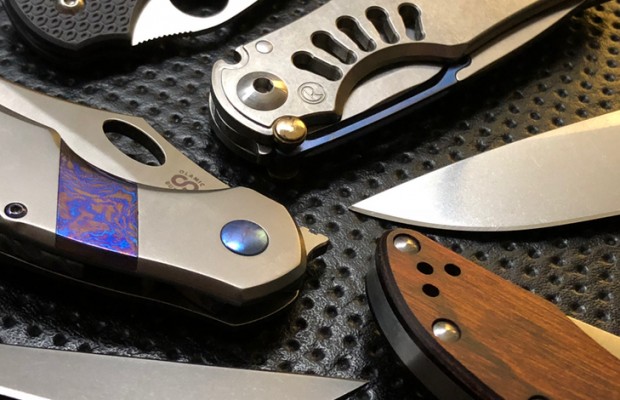
By Nick Shabazz
As a reviewer, and griper in the cutlery world, I’m pretty obsessed with ‘fit and finish’, that is, makers’ treatment of the little details that may not be a big deal, but, when done right, show mastery.
Now, to be clear, I’m not talking about big, deal-breaking issues. Problems with the lockup, blade sharpness, or the folding mechanisms aren’t ‘crappy finishing’, they’re just problems with a ‘crappy knife’. Calling a folding knife with these kinds of problems ‘poorly finished’ is like calling a car with no brakes ‘an exciting driving experience’. Yeah, it’s true, but much like a sheepsfoot blade, it’s completely missing the point.
Instead, to me, good fit and finish is all about the effort put into the details of construction that aren’t crucial but do show that you, as a maker, give a damn. These are details like the smoothness of the action, with an effortless glide on bearings, or a smooth consistent open on phosphor-bronze washers. Details like a smooth, consistent grind with symmetrical edge bevel(s). Details like a well-centered blade when closed, tight, gap-less fit with backspacers, and smooth transitions between scales and liners. Heck, even niceties like well-done engraving and etching, non-free-spinning screws, and any number of my other knife gripes are fit and finish issues, and when done right, show masterful work.
The thing is, none of these things stop the knife from working. None of them make it less of a cutting tool. And this is precisely the reason why people often ask me why I complain about fit and finish at all. One of the best known voices on this side of the argument is Ernest Emerson of Emerson Knives, who has an entire blog post dedicated to explaining why fit and finish doesn’t matter. Although it’s a nice argument which merits a read, he sums up his point by saying:
“Either something works or it does not. Either you can do something or you cannot. It does not matter to me how much you “know” about the subject or the fanciness of your gear. And whether or not the handles or liners line up perfectly or not on the ass end of a knife does not affect the performance of the knife in one single way. And in the end, those other, highly finished knives don’t get to go on all those crazy adventures that mine do.”
Mr. Emerson’s absolutely right here. For a knife to go have crazy adventures, you don’t need it to be centered. You don’t need anything to line up. And any grind will work just fine if it’s got a good edge on the end of it. You don’t need fit-and-finish to function, and that’s what Emerson’s been doing for many: making a knife that’ll function, period.
For budget knives, I think this is a reasonable way to go about things. This is exactly why I’m much less of a pain-in-the-neck about fit-and-finish for budget-focused pieces, whose main aim is to put as much functional cutting tool into your pocket as possible for the price. There, I don’t need your backspacer to be perfectly flush with the liners, if that means you can use better washers. I don’t need the blade to be perfectly ground, if skipping that means you’re going to be able to use a more suitable steel. Budget knives are a world of compromise, and I’m happy to compromise something that ‘doesn’t matter,’ if it means better performance on things that do matter when it’s adventure time.
But Mr. Emerson’s argument breaks down when we hit the high end, because even though “fit and finish doesn’t matter for adventures” is absolutely true, excellent fit and finish do not make a knife any less adventure-worthy. Nobody’s ever been injured in combat because their blade was too well centered. A smooth action is just as unproblematic on a mountainside as in an office. And, to the best of my knowledge, deer are not naturally frightened by the smell of exceptionally even grinds. So, although some finicky-knife-guy finishing features (like fall-shut bearing actions or air-tight scale-to-blade clearance) can make a knife the wrong tool for some adventures, it’s not the case that good fit and finish makes a poor adventurer.
The big question left hanging in the air by his argument is, to paraphrase the little girl from the taco commercial, Why can’t we have both?
When we’re paying $100 or more for a pocketknife, ‘adventure ready’ is the only acceptable standard. At $100, you’re simply not allowed to make a knife with deal-breaking issues. Different knives for different adventures, and there will always be a role for hyper-specialized knives like Mr. Emerson builds, but as the plethora of awesome adventure-ready knives available in the $60-100 range shows us, at that point, we’re already way past ‘function’. And in many cases, even in that price range, we’re seeing knives which may not try anything too fancy, but still have a great fit and finish for what it is they’re trying to do. And some of the best ‘adventuring’ knives out there are pieces which show great functionality and great finishing.
> > Keep your folders awesome. Grab a Pack of 5 Microfiber Blade Sleeves for $8.99 < <
But for me, the biggest reason I look for fit and finish is that if I’m paying serious money, I want to see serious mastery. If I’m going to pay you a large sum of money for a tool, rather than buying a much less expensive one which will also function fine, it’s because I want this to not only be a great performing functional tool, but also a demonstration of the design and craftsmanship which brought me to your doorstep to start with. And to me, one of the best ways of showing that craftsmanship, of earning that high-end price point, is by doing everything like you give a damn, not just the bare minimum to make a knife functionally good-to-go.
So, at one level, I agree with Mr. Emerson. Nobody’s checking blade centering in foxholes. And it’s true that in a budget-focused knife, every dollar spent on finicky finishing is a dollar taken from functional improvements. But I believe rather strongly that in the higher-end knife market, function and finishing are not at odds. And given that we can have a knife that’s both masterfully made, and master of any adventure, I see no reason at all to pay high-end money without high-end fit-and-finish.
But I’m just one jackass, with one opinion. Different grinds for different kinds.
Nick Shabazz is a gear geek and reviewer of knives, watches, pens, and life in general. You can find Nick on YouTube, Instagram, or at nickshabazz.com.


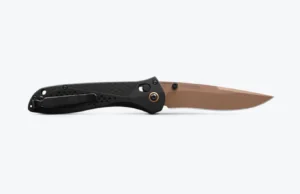
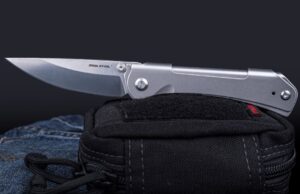
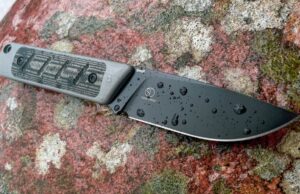
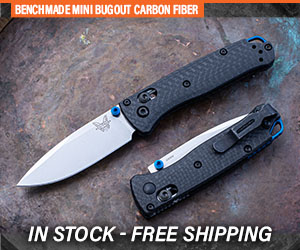





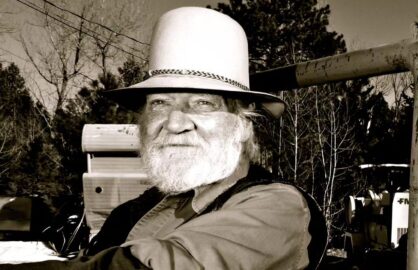
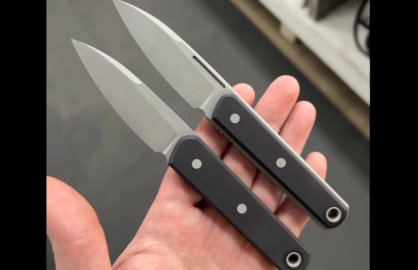
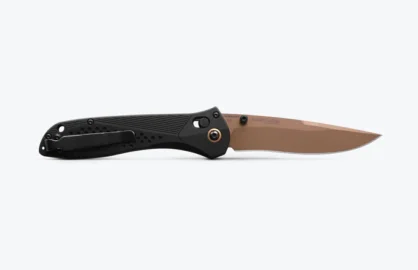
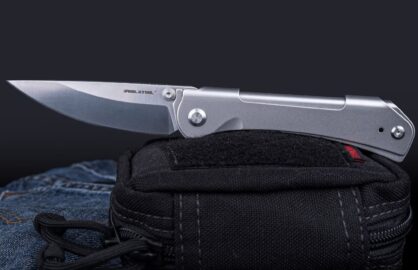
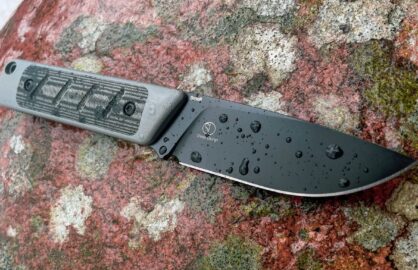
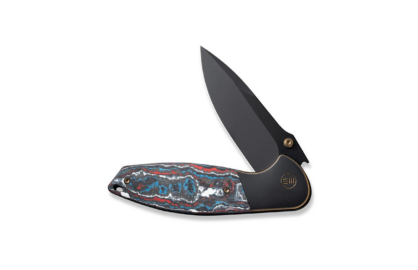
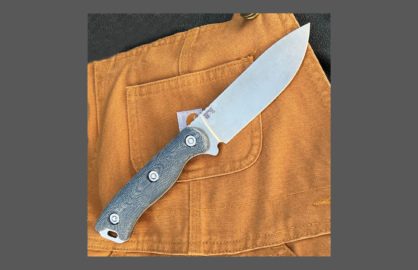



0 comments